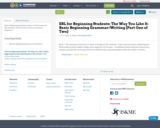
Book 1. Beginning grammar book in a 5-level series for ESL students. This is the first of the two books for beginners.
- Subject:
- English Language Arts
- Material Type:
- Homework/Assignment
- Textbook
- Date Added:
- 05/26/2016

Book 1. Beginning grammar book in a 5-level series for ESL students. This is the first of the two books for beginners.
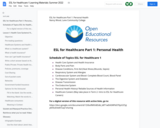
Schedule of Topics ESL for Healthcare 1:
Health Care System and Health Insurance
Body Parts and Pain
Disease Conditions, First Aid (Heat Illness,Wounds, Sepsis)
Respiratory System and Allergies
Cardiovascular System and Blood- Complete Blood Count, Blood Panel
The Digestive System and Diabetes
Disease Transmission
The Endocrine System
Personal Health History/ Reliable Sources of Health Information
Healthcare Careers (May take place in Term 2- Intro to ESL for Healthcare Careers)
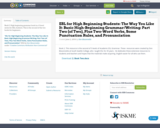
Book 2. High beginning grammar book in a 5-level series for ESL students. This is the second of the two books for beginners.
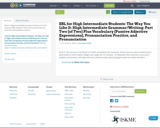
Book 4. High intermediate grammar book in a 5-level series for ESL students. This is the second of the two books for intermediate students.
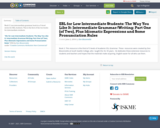
Book 3. Low intermediate grammar book in a 5-level series for ESL students. This is the first of the two books for intermediate students.
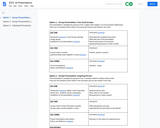
Materials for student presentations in ESOL course that uses the open textbook Communication Beginnings: An Introductory Listening and Speaking Text for English Language Learners by Della Jean Abrahams (http://pdxscholar.library.pdx.edu/cgi/viewcontent.cgi?article=1022&context=pdxopen).
Course Description
Presents oral communication as a process that involves determination of purpose, selection and adjustment of strategies, comprehension checks, and integration of prior knowledge with new knowledge to address the communicative purpose. Develops listening comprehension and speaking skills at a low intermediate level. Addresses use of important language functions, such as asking for clarification, agreeing, and negotiating meaning. Includes one prepared speech. Introduces the English stress system, intonation, and certain consonant and vowel sounds. Places communication in the context of adult life roles.
Intended Outcome(s) for the Course:
Understand oral communication as a process that involves determination of purpose, selection and adjustment of strategies, comprehension checks, and integration of prior knowledge with new knowledge to address the communicative purpose.
Use knowledge about language, culture, and context to prepare for and accomplish communication tasks at the low intermediate level.
Use listening skills to understand and respond to different types of discourse.
Produce spoken English that is mostly understandable with some repetition or clarification.
Begin to identify and correct basic pronunciation problems.
Deliver a planned presentation on a familiar topic.
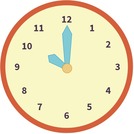
This is an ESL lesson meant for WIDA Level 1 or "Entering" ELLs that focuses on learning how to read and talk about an analog clock. It is built upon the principles of Brain-Based learning and teaching. Therefore, the lesson focuses on realia, sensory stimulus, and multimodality.
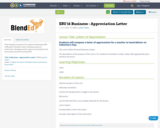
This template is meant to be a guide for Nebraska ESU 16 Business Teachers when creating Lessons of Instruction. Headings and/or topics not included in the lesson plan should be marked N/A.
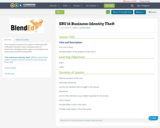
This template is meant to be a guide for Nebraska ESU 16 Business Teachers when creating Lessons of Instruction. Headings and/or topics not included in the lesson plan should be marked N/A.
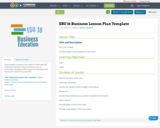
This template is meant to be a guide for Nebraska ESU 16 Business Teachers when creating Lessons of Instruction. Headings and/or topics not included in the lesson plan should be marked N/A.
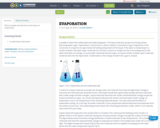
This is a simple introduction on the basics of evaporation
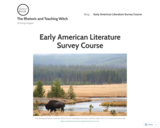
This course is a survey of Early American Literature (beginnings to 1890). The course includes suggested assignments, a course outline, and a MS Word text of Public Domain readings. This course is designed for a 16 week semester.

Open Textbooks for Rural Arizona participants are invited to remix this template to share their courses, textbooks, and other OER material on our Hub.

This module is designed for pre-service teachers in the undergraduate PreK- 4 Early Childhood Education major. The material in the unit will familiarize the future teacher to develop lesson plans and units in both the direct and indirect teaching models. Wonder Spaces, using the Reggio-inspired philosophy, is introduced to design spaces for learners ages 0 - 5. Classroom management is also included.
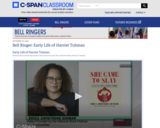
Historian Erica Armstrong Dunbar talks about the early life of Araminta Ross (Harriet Tubman).
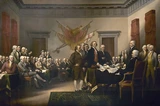
From indigenous people through reconstruction this course is based on The American Yawp Textbook chapters 1-15. (The American Yawp: A Massively Collaborative Open U.S. History Textbook by Stanford University Press is licensed under CC BY-SA 4.0) This course incorporates additional readings and videos and includes essays for assessment of student knowledge.There is a Perusall companion course available for the readings in this course. See the Instructor Notes in the "About this Course" Section.
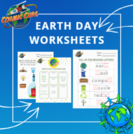
Earth Day is a time for raising awareness and appreciation for our environment. Children will learn the importance of their home planet and about the three R's: Reduce, Reuse, Recycle.
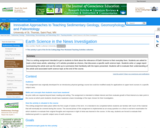
This is a writing assignment intended to get to students to think about the relevance of Earth Science to their everyday lives. Students are asked to read a short news article, selecting 1 of 3 articles provided as choices, that discusses a specific earth science topic. Students write a 1-page report summarizing the article and use the write-up to summarize their familiarity with the topics presented. Students will re-evaluate their understanding of the article and associated earth science topic at the end of the course.

The earthquake game teaches how scientists learn about real earthquakes. The player must learn about S& P waves and triangulation to determine the epicenter of the earthquake that hit the cities.
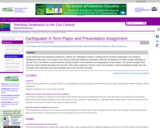
To focus their research, students are presented with the following hypothetical situation:
Suppose you and your classmates are members of an organization that is looking for a site to build a new headquarters. As the Society for Earthquake Enthusiasts (SEE), you plan to put your headquarters at the site of a historically significant earthquake. You are not looking to put yourselves at risk, however, and are therefore looking for a safe location. You have decided that a safe site is one that will not produce a deadly earthquake in your lifetime (i.e., in the next 80 years).
Students complete a series of assignments throughout the semester to demonstrate their understanding of structural geology by writing papers and giving an oral presentation. First, a letter proposing a site is due early in the semester, next a historical background paper is due mid-semester, and finally a persuasive report and oral presentation are due at the end of the semester.
Has minimal/no quantitative component
(Note: this resource was added to OER Commons as part of a batch upload of over 2,200 records. If you notice an issue with the quality of the metadata, please let us know by using the 'report' button and we will flag it for consideration.)